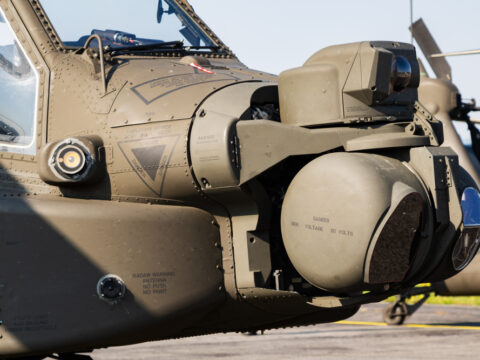Fighter jets have come a long way since their early days, evolving with incredible advancements that push the limits of technology. From stealth capabilities to cutting-edge propulsion systems, these aircraft have integrated numerous innovations to stay ahead in modern warfare. We’ll explore 14 key technological progressions that have transformed fighter jets, making them more efficient, agile, and formidable than ever before.
Contents
Stealth Technology
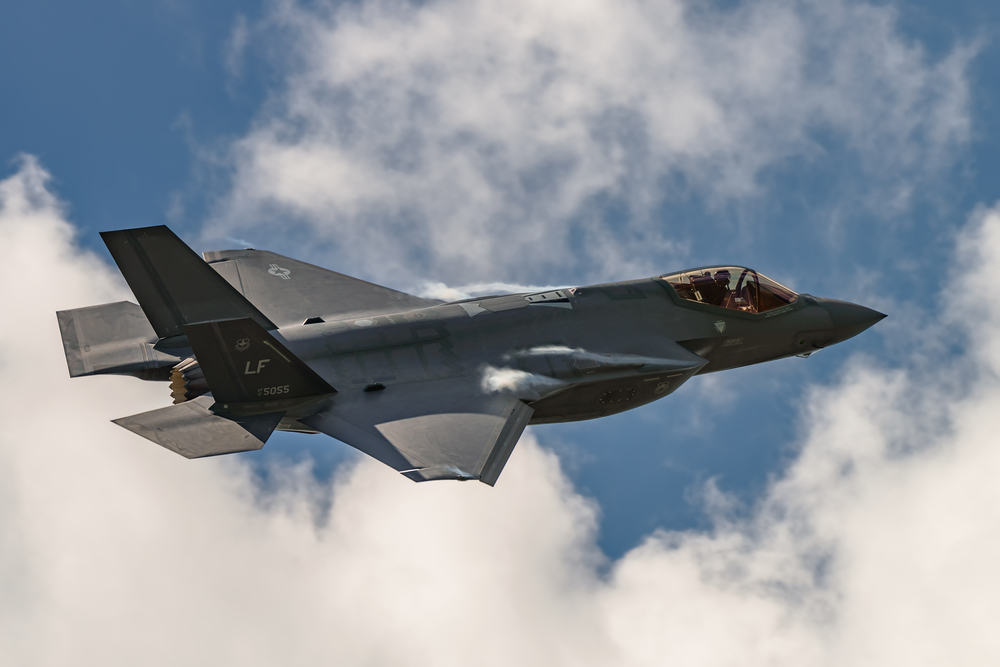
Stealth technology revolutionized fighter jets by making them less detectable to radar. Utilizing radar-absorbent materials and unique design angles, these aircraft significantly reduce their radar cross-sections. This allows them to evade detection, enhancing survivability in hostile environments. Key examples include the F-22 Raptor and F-35 Lightning II, which are renowned for their advanced stealth capabilities.
Fly-by-Wire Systems
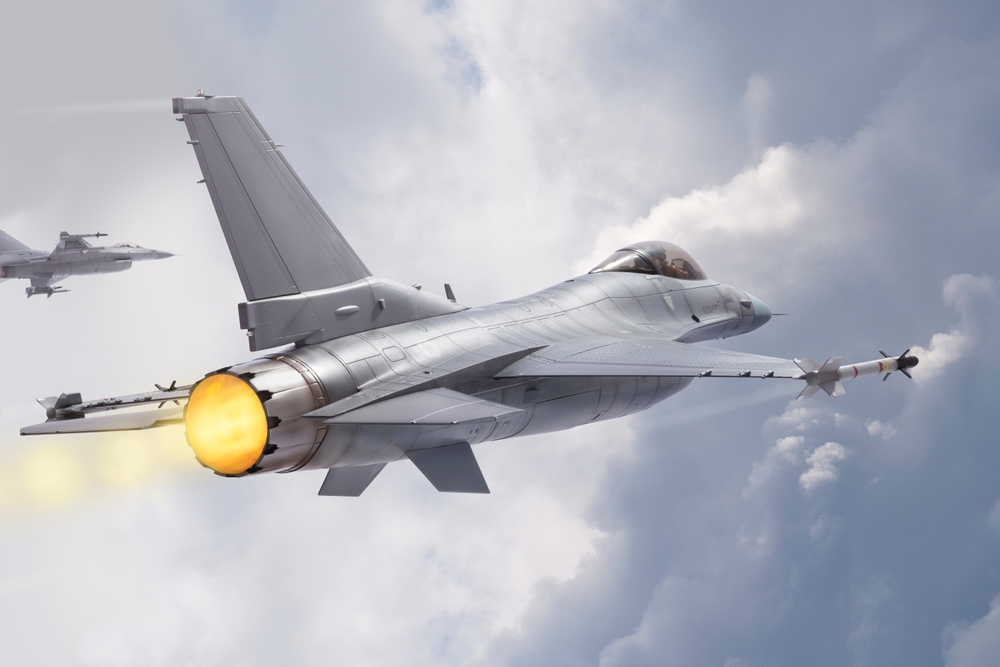
Fly-by-wire systems have replaced traditional manual flight controls with electronic interfaces. This advancement enhances aircraft handling and stability, especially at high speeds and during complex maneuvers. Automatic adjustments to prevent stalling and improve pilot control are a hallmark of this technology. The F-16 Fighting Falcon was among the pioneers in implementing this revolutionary system.
Advanced Avionics

Integrating sophisticated radar, communication, and navigation equipment, advanced avionics systems provide pilots with real-time data. This integration enhances situational awareness and mission effectiveness. Multifunction displays and helmet-mounted sights, such as those in the F-35, exemplify these advancements. Pilots benefit from improved operational efficiency and decision-making capabilities.
Thrust Vectoring
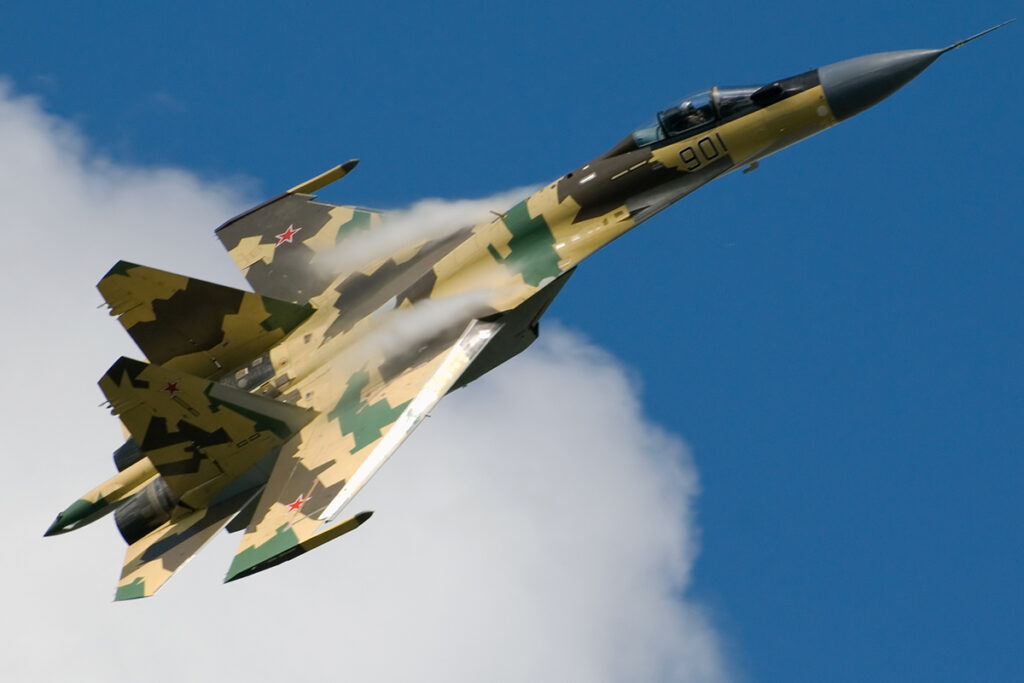
Thrust vectoring allows fighter jets to direct engine thrust, improving maneuverability. This capability enables sharper turns and enhanced agility in dogfights. Aircraft like the F-22 Raptor and the Russian Su-35 greatly benefit from thrust vectoring. Their superior agility makes them formidable opponents in aerial combat.
Supercruise

Supercruise technology permits jets to maintain supersonic speeds without afterburners. This capability conserves fuel and extends the aircraft’s range. The F-22 Raptor is a notable example, capable of sustained supersonic flight without engaging afterburners. This feature provides a significant tactical advantage.
Composite Materials
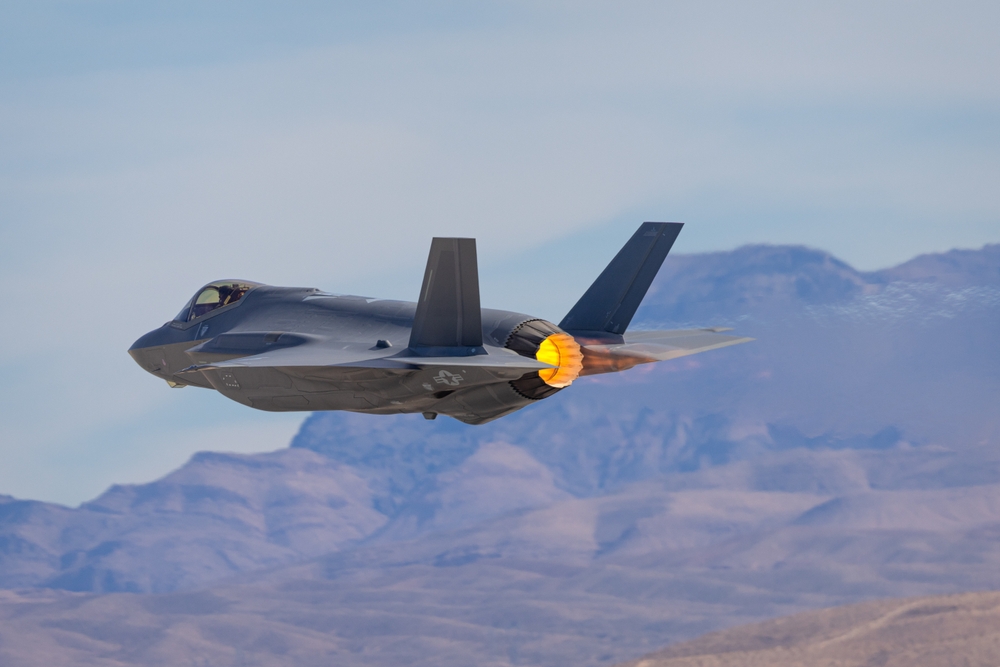
The use of composite materials reduces the weight of fighter jets while maintaining strength and durability. These materials improve performance, fuel efficiency, and payload capacity. The Eurofighter Typhoon and F-35 Lightning II extensively use composites. Their aerodynamic performance is significantly enhanced by this advancement.
Integrated Sensor Fusion
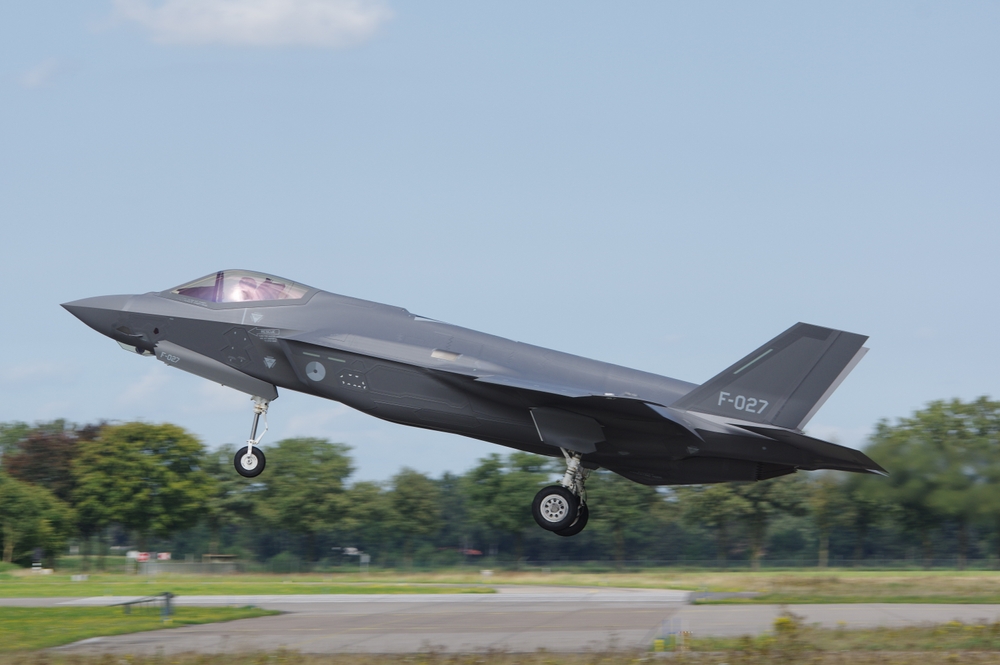
Combining data from multiple sensors into a single, coherent picture, integrated sensor fusion enhances situational awareness. This technology improves decision-making in combat scenarios. The F-35 Lightning II’s Distributed Aperture System (DAS) is a prime example. Pilots receive a 360-degree view of the battlefield, which is crucial for mission success.
Electronic Warfare Capabilities

Electronic warfare (EW) capabilities allow fighter jets to detect, deceive, and jam enemy radar and communications. This technology significantly improves survivability and mission success. The EA-18G Growler is specifically designed for electronic warfare operations. Its advanced EW capabilities make it a critical asset in modern warfare.
Variable Geometry Wings

Variable geometry wings, also known as swing wings, adjust their shape for optimal performance at various speeds. This technology enhances both high-speed and low-speed flight characteristics. The F-14 Tomcat famously utilized swing wings. Its versatility in different combat scenarios was greatly enhanced by this feature.
IRST (Infrared Search and Track) Systems
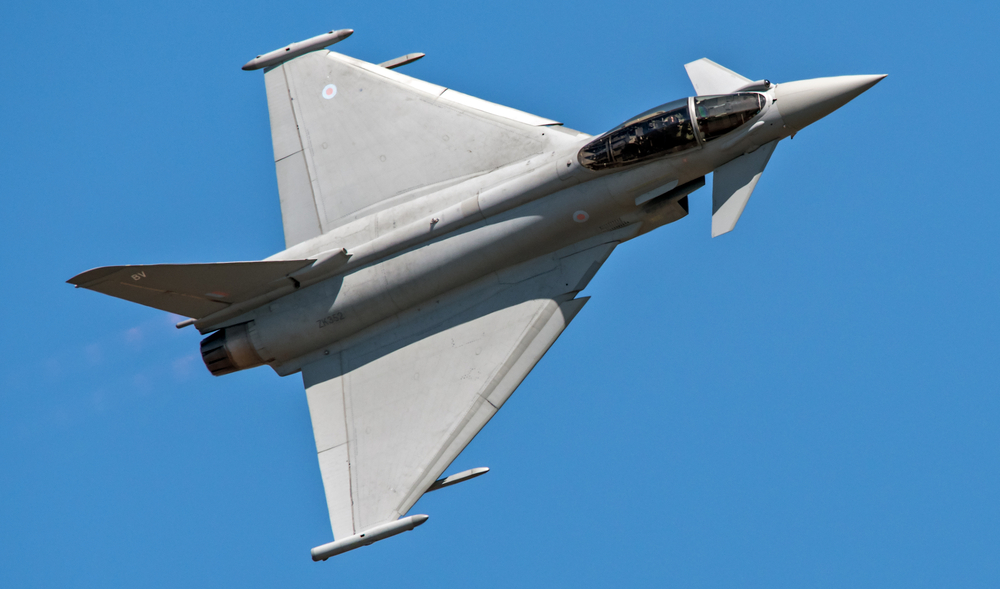
IRST systems detect and track aircraft based on their infrared signatures. This passive detection method offers a stealthy way to monitor enemy movements. The Eurofighter Typhoon and F-22 Raptor are equipped with advanced IRST systems. These systems provide an additional layer of tracking capability.
Advanced Propulsion Systems
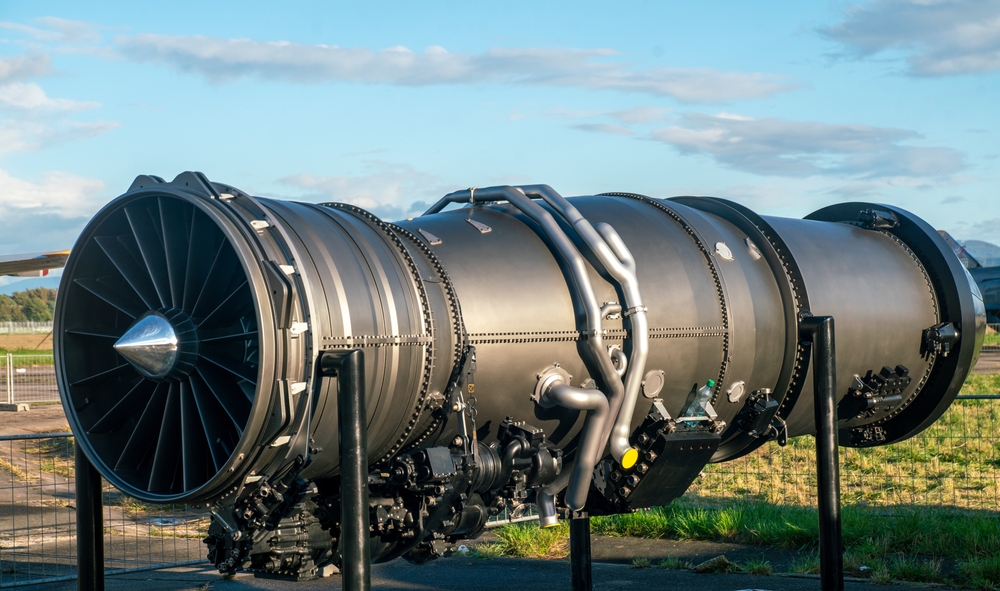
Next-generation propulsion systems, such as adaptive cycle engines, offer improved efficiency and power. These engines adjust their performance based on flight conditions. The F-35’s Pratt & Whitney F135 engine exemplifies advancements in propulsion technology. This results in enhanced range and speed for the aircraft.
Network-Centric Warfare
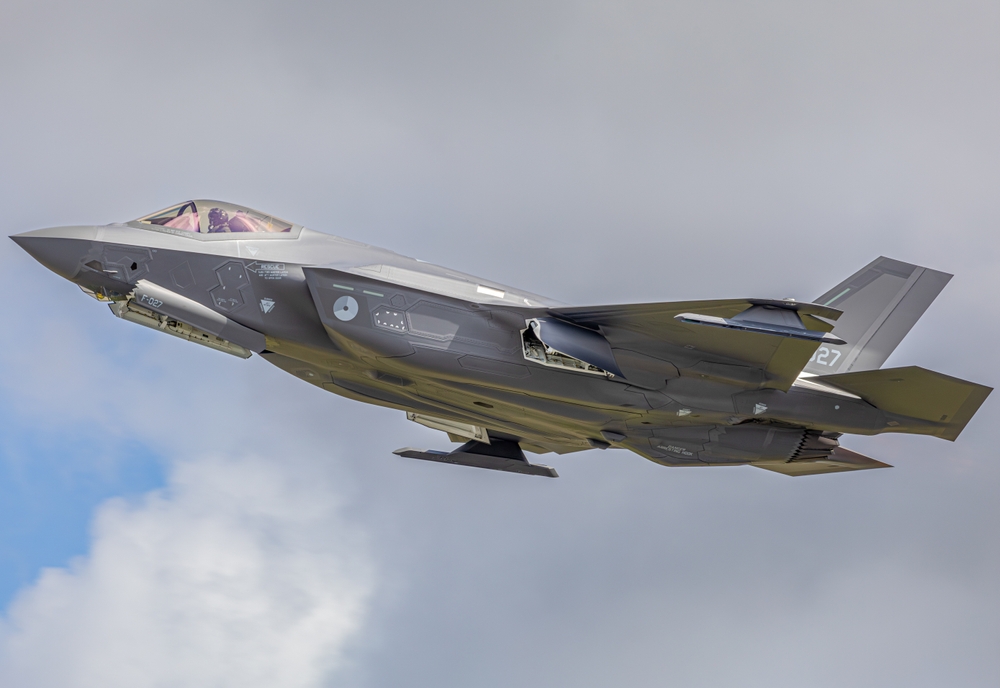
Network-centric warfare connects fighter jets with other military assets through secure, high-speed data links. This integration allows for coordinated operations and real-time information sharing. The F-35’s Multifunction Advanced Data Link (MADL) is a key example. Seamless communication and collaboration are essential for modern military strategy.
Advanced Materials for Heat Resistance
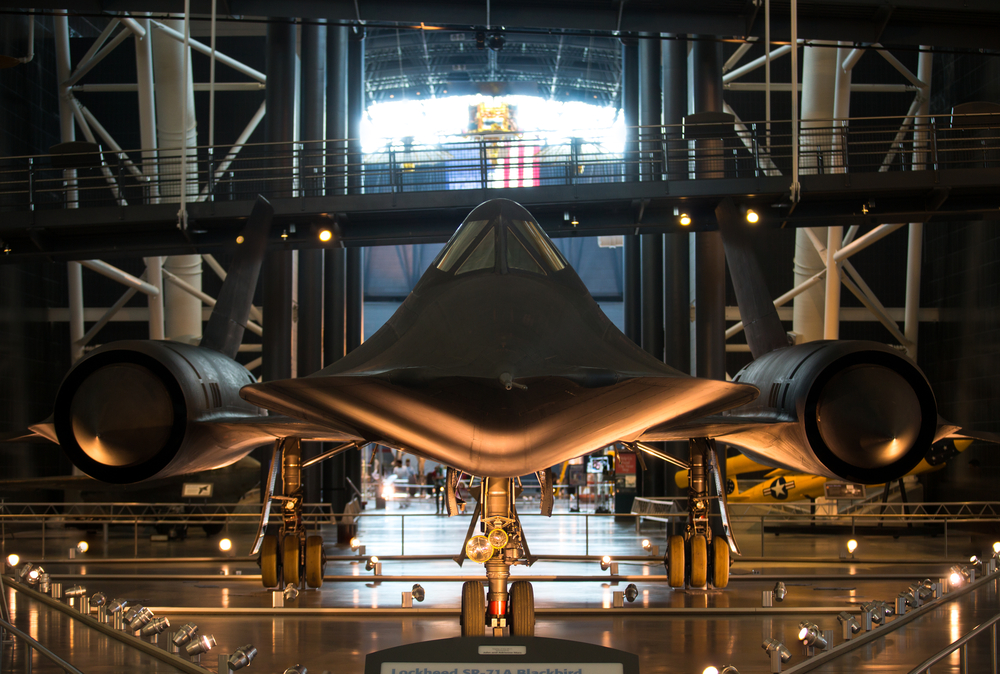
Advanced materials designed for heat resistance enhance performance at high speeds. These materials prevent damage from the extreme heat generated during supersonic flight. The SR-71 Blackbird’s titanium structure was an early example of this innovation. Modern jets continue to evolve with heat-resistant materials, improving their durability.
Integrated Self-Protection Systems
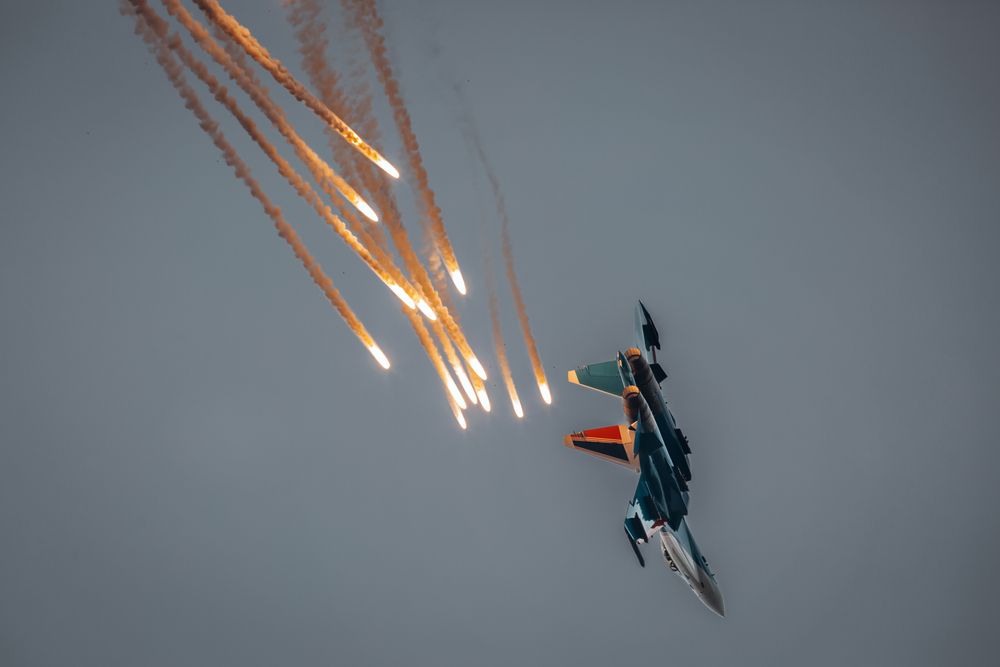
Integrated self-protection systems combine various defensive measures, such as flares, chaff, and electronic countermeasures. These systems protect fighter jets from missile threats. The Eurofighter Typhoon’s Defensive Aids Sub-System (DASS) is a comprehensive example. Enhancing survivability, these systems are vital for mission success.
This article originally appeared in MyCarMakesNoise.
More from MyCarMakesNoise
20 Fascinating Facts About the Golden Age of Aviation

Step back in time to the Golden Age of Aviation, an era marked by groundbreaking innovations and the glamorous allure of air travel. Spanning from the 1920s to the 1950s, this period transformed aviation with daring feats and technological breakthroughs. Read More.
Top 15 Tips for Embracing Full-Time RV Life

Living as a full-time RVer is an exciting journey that offers a unique blend of freedom and simplicity, but it comes with its own set of challenges. This article provides essential tips tailored for those who have chosen the road as their permanent home, covering everything from selecting the perfect RV to ensuring ongoing safety and connectivity. Read More.
The Top 20 Tools Every Driver Should Keep in Their Car

Every driver knows that proper car maintenance requires more than just regular servicing. Equipping yourself with the right tools can save you from unexpected roadside emergencies and extend your vehicle’s lifespan. Read More.



